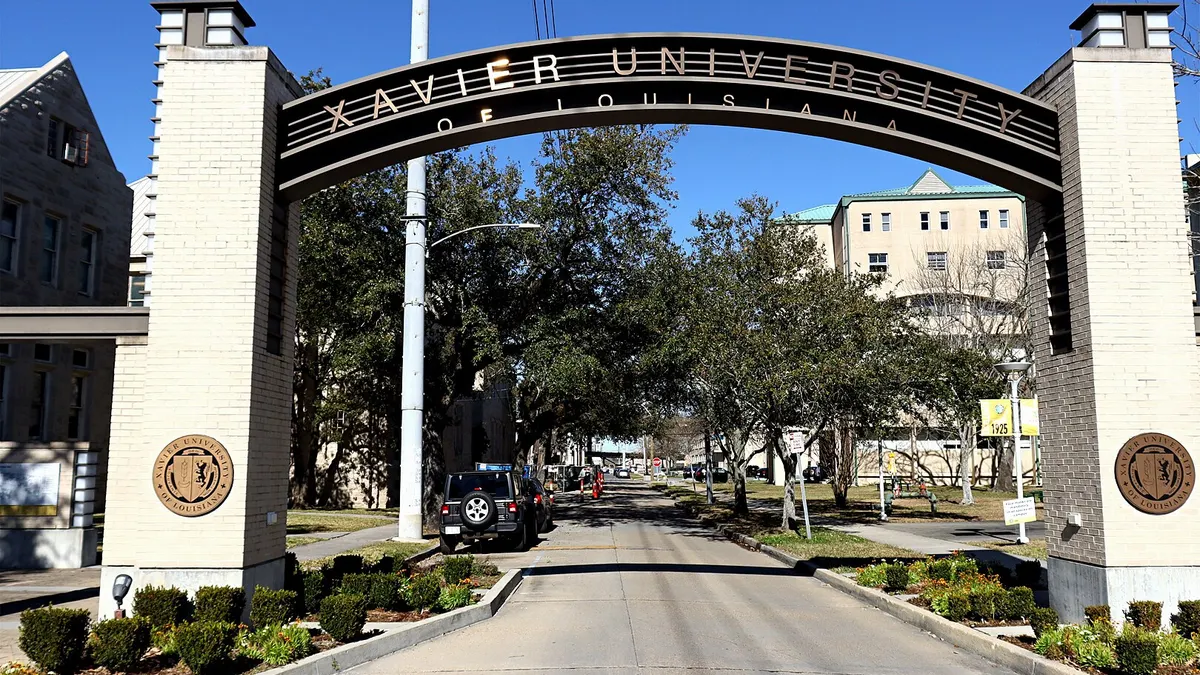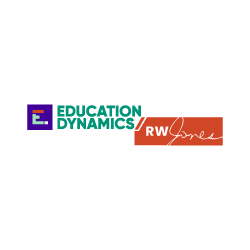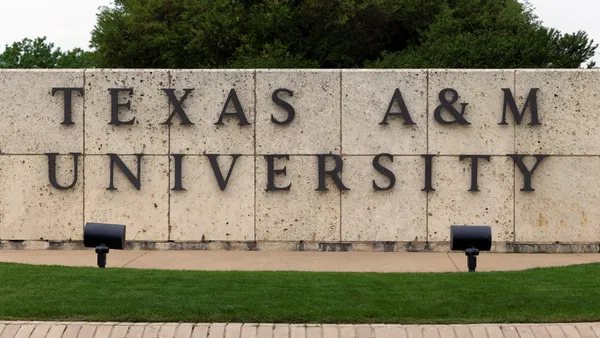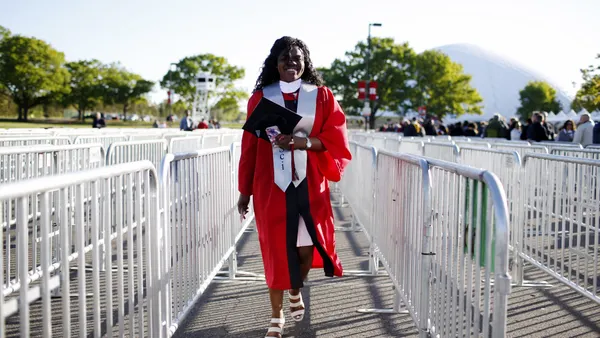Dive Brief:
- Less than half (47%) of public schools rated themselves as doing a "very good" or "excellent" job preparing students for college, according to a nationally representative survey released by the National Center for Education Statistics Tuesday.
- Schools in high-poverty neighborhoods were less likely than more affluent schools to say they did an "excellent" or "very good" job at college preparation. Schools with higher populations of students of color, those in high-poverty neighborhoods, those in rural areas, and those with fewer than 1,000 students reported offering fewer AP courses on average.
- Nearly 90% of high schools align their graduation requirements to admissions requirements at public colleges or universities, and just 62% include college and career milestones in their graduation requirements. A higher percentage of high schools said they did a "good" or better job preparing students for the workforce (86%) than for college (77%).
Dive Insight:
The data was gathered in January by the U.S. Department of Education's research arm from more than 1,600 participating public schools from every state and the District of Columbia.
“One noteworthy finding is that a lower percentage of schools in high-poverty neighborhoods give themselves the highest marks, ‘excellent’ or ‘very good,’ in preparing students for college, when compared with the national population of schools," said NCES Commissioner Peggy Carr in a statement. "I hope these data will spark important conversations that lead to improved opportunities for all students.”
The survey findings come on the heels of a report released by the Western Interstate Commission for Higher Education in February that found colleges face enrollment challenges stemming from less prepared high school graduates and a declining pool of students.
Last year, a separate report from ECMC Group and Vice Media found that while current high school students value education after high school, they are increasingly interested in alternatives to traditional four-year postsecondary options.
According to that report, a quarter of students considered attending a community college in 2023, up from 20% in 2020. Students considering career and technical education increased from 15% in 2020 to 19% three years later.
Although CTE programs have numerous benefits for schools and students — including boosting graduation rates and student engagement — CTE experts say their reach is limited by a lack of funds, teacher shortages and outdated stigmas.
Some 8.3 million high school students participated in CTE programs during the 2020-21 school year, according to the Association for Career and Technical Education.














